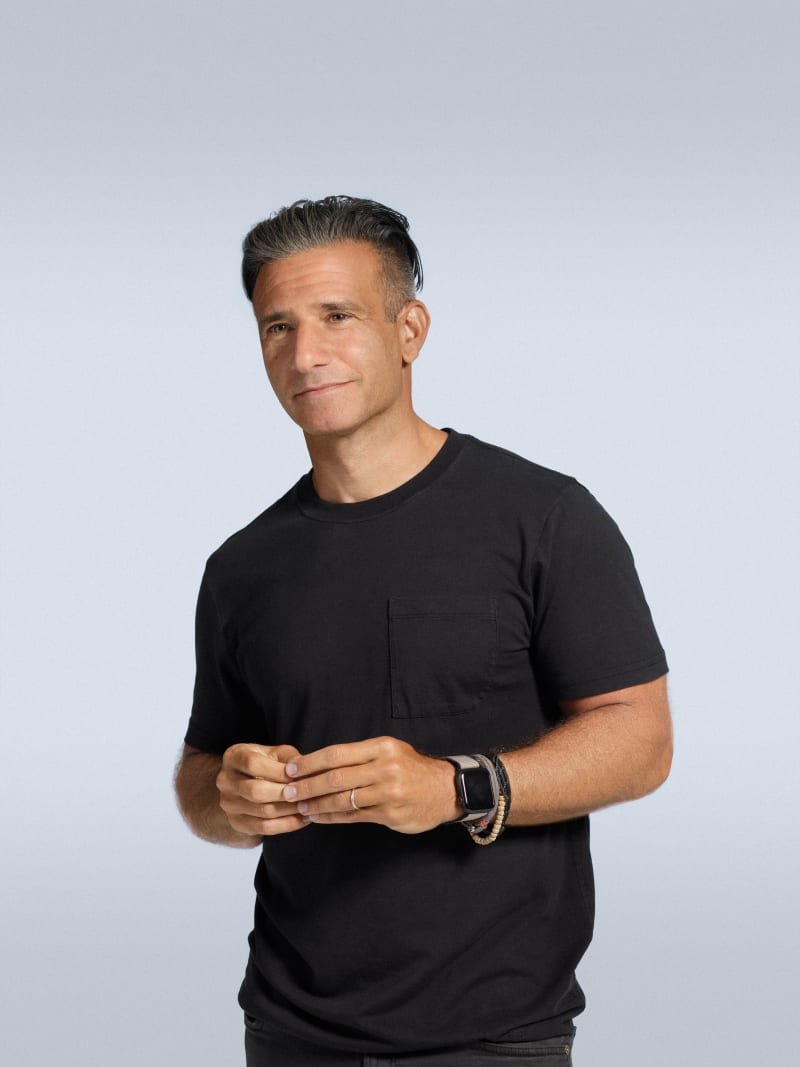The Hard (& Easy) Thing About Hard Tech

We have been fortunate to find and fund many amazing scientists and technologists doing really hard things. We’ve also learned a lot from putting tens of millions of dollars into everything from material science and physics behind solving problems in nuclear waste; to inventing new vaccines for old diseases; to launching satellites into space and turning things from the pages of scientific journals on crazy new materials that might one day be used for invisibility cloaks into actual products like high-speed antennas that really work.
And that’s the hard thing: making sure things actually work.
The easy thing (and you’d be amazed how often this simple diligence question doesn’t get asked by other investors): asking the question “Does it work?”
Now the truth is, it’s hard at the inception of any new venture to know if a company, let alone its technology, will work or not. You can have peer-reviewed, verifiably replicated demonstrations to show it will, but when things are being productized in the real world, things can fail for all kinds of reasons.
If it doesn’t already work, then the next question is how long and how much to show it will? Sometimes it takes longer or costs more money.
We have funded far-fetched technologies that might have never worked and been lucky that nearly all have.
The way we solve for this risk is milestone tranches. Every company and every technology has different milestones that matter. For an AI or ML startup, it may be that the code confirms or algorithms allow for ingesting of data to output what they predict it should. For a biotech company, it may be preclinical trials, efficacy and safety. For a semiconductor company, it may be a tape-out and chips that are working. It may be that the thing works or that it works and you can make a lot of it reliably.
As an investor, success can be defined by how much you make when you are right, less how much you lose when you are wrong. This means how often you are right or wrong does not matter very much in the end. Magnitude beats frequency. It’s OK to be wrong and even to be wrong a lot…if when you are right you are right in a really big way.
My Lux cofounder Peter Hebert is more of a natural optimist and I tend to be more a natural skeptic. He tends to look for best case scenarios and I tend to prepare for the worst. People at Lux joke that he invented the airplane and I invented the parachute. My mindset is to think of risks like the First Law of Thermodynamics: “risk” and “value” just change forms. As our ventures spend time, talent and money reducing risks, the result is that value gets created. And following from that, other investors following us into later rounds should pay a much higher valuation and demand less return since they are taking less risk. Some firms like Sequoia are renowned for not taking market risk. Other investors tout that they don’t take technology risk. I don’t think they should call themselves venture capitalists. The best definition of risk is that more things can happen than will. Most risks are fine to take if you are getting adequately paid for taking them.
I think there will be a lot of healthy discussion around investors taking science and technology risks, especially as some investors without this lens or experience in hard technology have made mistakes funding fads or frauds that made them look foolish.
Entrepreneurs and VCs are never foolish to take risks on early, unproven but possibly big things. They’re only foolish if they keep funding it after it proves not to work. I follow the ‘Feynman Rule’: Reality must take precedence over public relations, for Mother Nature can’t be fooled.
